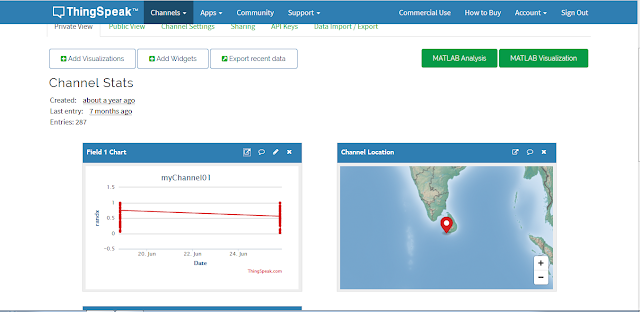If you are a regular internet user you might be using Social media like Facebook and use Google daily as a search engine. Have you ever wondered how Google predicts what are you going to search when you just type a word or two or how Facebook identifies faces of your friends and suggest you to tag them? Well in today's article we are going to discuss the phenomenon behind those wonders and more wonders like that.
I'll just shoot the term Machine Learning. The term suggests that the machine behind those phenomena has incorporated with some sort of a learning process. Well, that's exactly what is happening inside the machine. Each web application that we use like Google, Facebook, Twitter, and Instagram has machines that processing all the data that we shared within. Those data are the inputs of the machine learning process. There are different types of learning algorithms for different tasks.
Let's look at the three main algorithms of Machine Learning.
Supervised learning
It uses inputs and relevant outputs to learn about something to perform a specific task. Each output will be labeled with their inputs in this case. Let's take the Facebook auto-tagging mechanism as an example. It uses previously tagged photos for inputs and outputs respectively to the person's name and the face. Those labeled data can be used to identify a person's face before the photo being manually tagged; after the system has enough labeled data to learn from.
Unsupervised learning
In this system, it collects only the input data. That data will be clustered or grouped together using the similarities of the data set. To understand this model let's take a list of cricket players. If we graph their wickets over the runs scored in their carrier, we can see that some of the players have more runs than the wickets and vice versa. If we group them we can identify who are the batsmen and who are the bowlers.
Reinforcement learning
This is a reward based learning system. The system predicts what the output is when an input is given. The user has to tell whether it is correct or wrong until it gives the correct answer. After a period of training, it can give the correct output once. We can train a system like that to identify animals by providing so many different images per animal.






